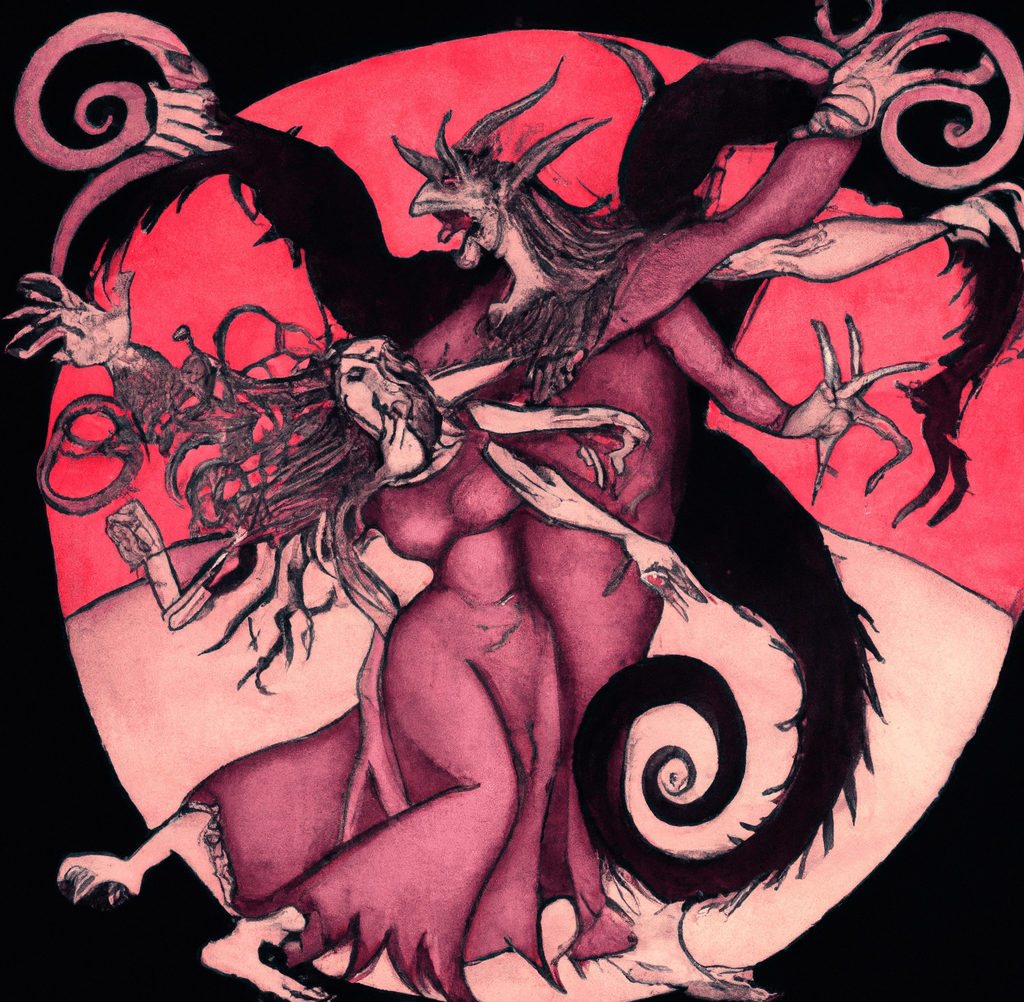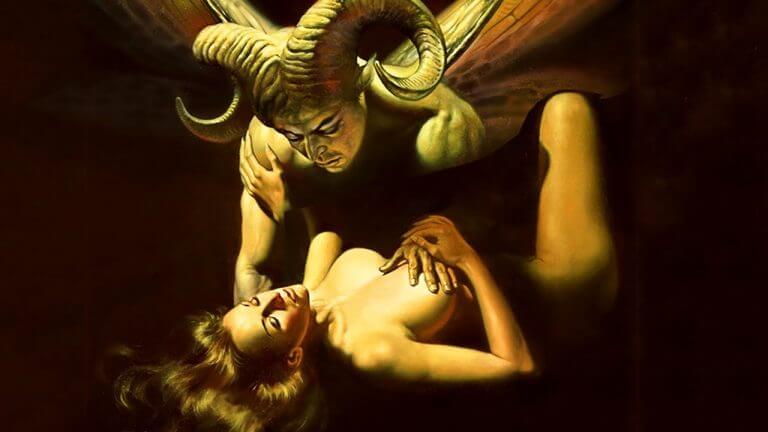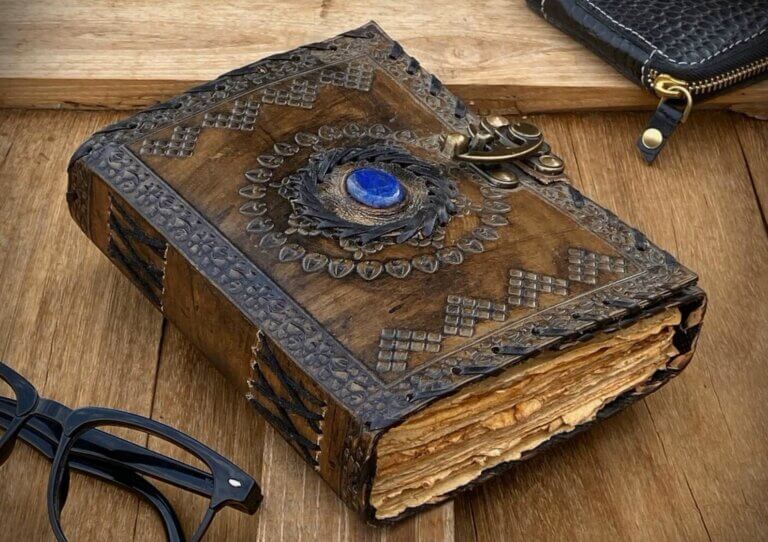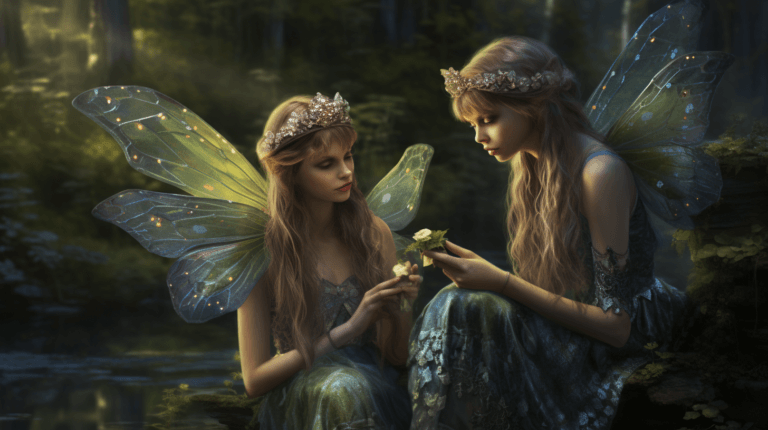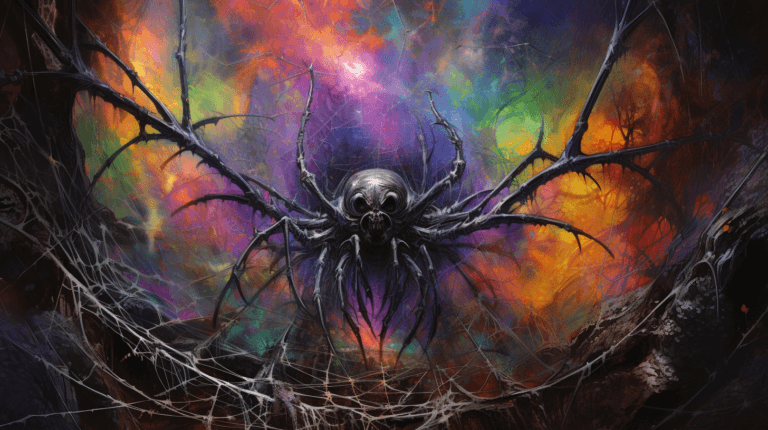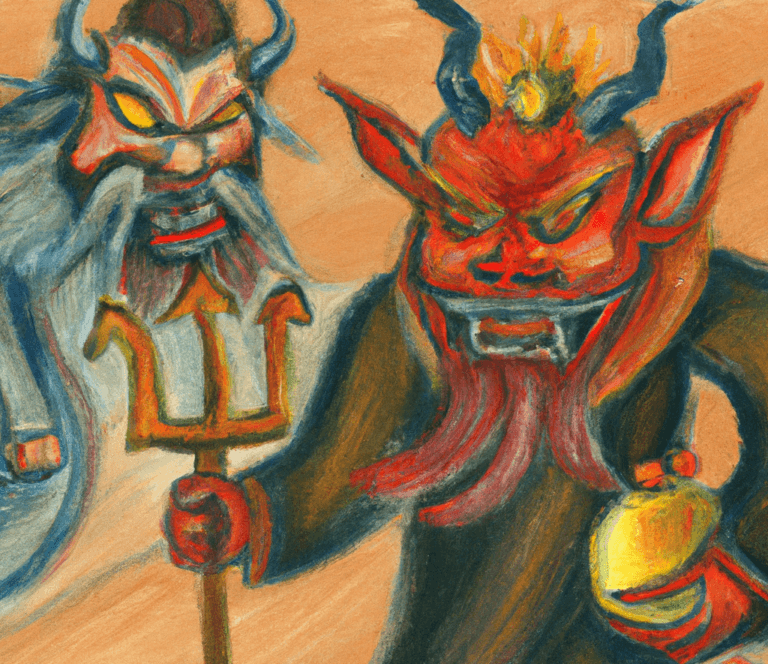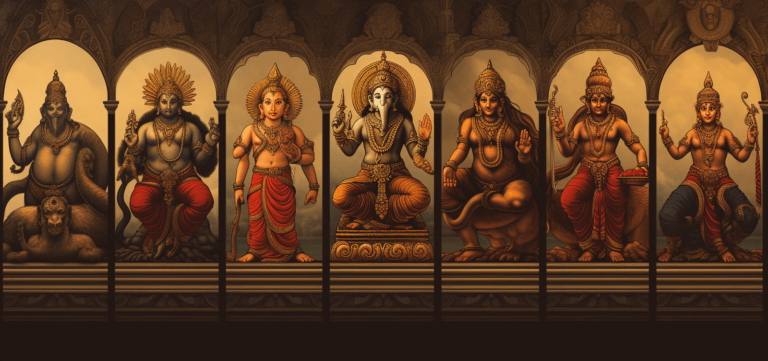Unveiling the Unholy: The Top 13 Most Terrifying Demons of All Time
Throughout the annals of human history, the existence of malevolent entities has fascinated and terrified us. Cultures across the globe have conjured up nightmarish demons that embody our deepest fears and superstitions. From the realms of ancient mythology to contemporary folklore, these demonic creatures have left an indelible mark on our collective psyche. In this article, we delve into the dark abyss to explore some of the most terrifying demons that have haunted humanity across cultures and time.
Pazuzu (Mesopotamia)
Originating from ancient Mesopotamia, Pazuzu is a demon of wind and storms. Often depicted with a bestial face, serpentine body, and enormous wings, Pazuzu was believed to bring about destructive forces, chaos, and disease. His chilling visage, as portrayed in the movie “The Exorcist,” cemented his status as one of the most horrifying demons in popular culture.
Lilith (Hebrew Mythology)
Lilith, a figure from Hebrew mythology, represents the archetype of a seductive and vengeful demon. Considered the first wife of Adam, Lilith rebelled against her subservient role and was banished from Eden. In later folklore, she became associated with causing nocturnal emissions, harming newborns, and tempting men into sin. Her lore continues to resonate as a symbol of feminine power and rebellion.
Aka Manto (Japan)
Aka Manto, also known as the Red Cloak, is a demon haunting Japanese urban legends. This spectral figure, often found in public bathrooms, is said to wear a red cloak and ask unsuspecting individuals a chilling question: “Red paper or blue paper?” The choice of paper determines the fate of the victim, with red leading to a gruesome death and blue resulting in strangulation. The tale of Aka Manto has become a cautionary tale for those who dare to visit public restrooms alone. Yikes!!
Belphegor (Christian Demonology)
In Christian demonology, Belphegor is a demon associated with sloth, temptation, and material wealth. Depicted as a bearded demon sitting on a toilet, he lures humans into idle pursuits and worldly pleasures. Belphegor embodies the darkest aspects of human desires, often leading individuals down a path of self-destruction and moral decay.
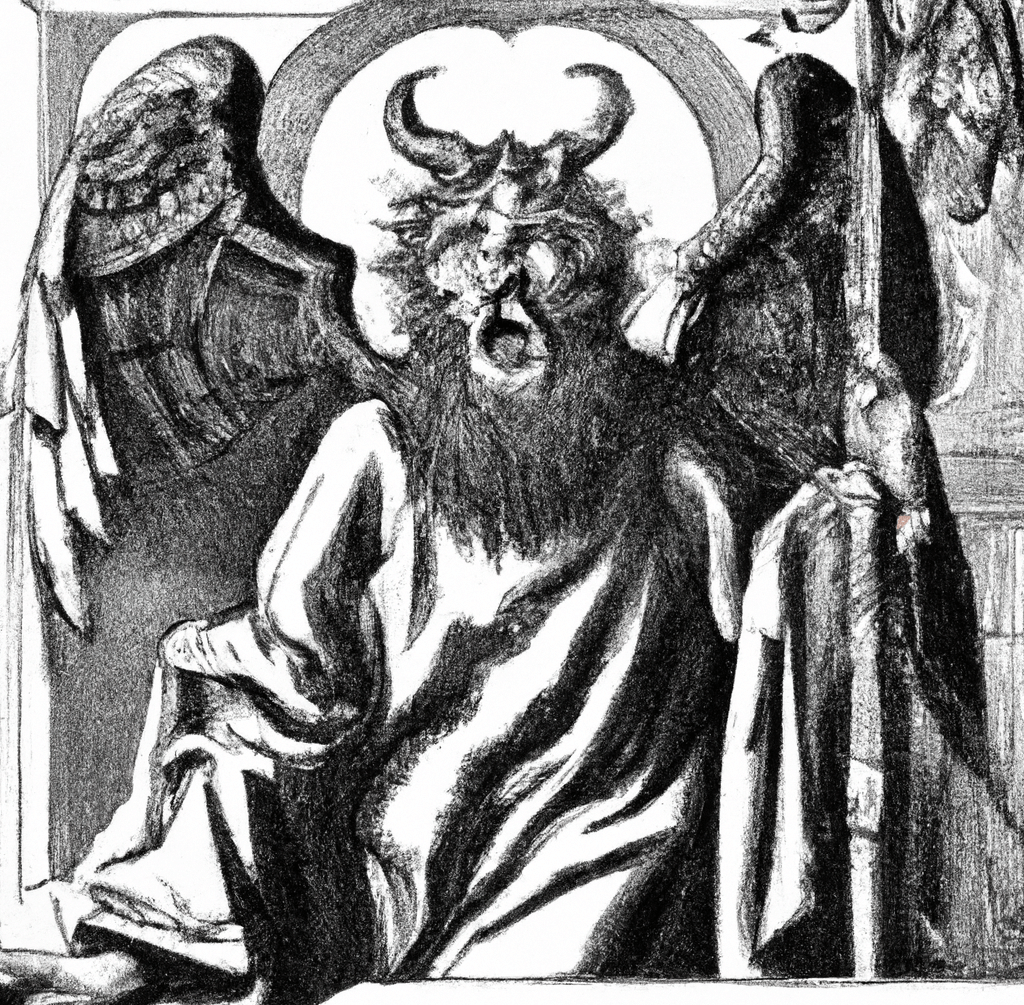
Kali (Hindu Mythology)
Kali, a fearsome goddess (definitely not a demon!…but…she’s still terrifying!) in Hindu mythology, is both a protector and a destroyer. Adorned with a necklace of human heads and wielding multiple weapons, she represents the eternal cycle of creation and destruction. Kali’s ferocity and thirst for blood can be terrifying, but she also symbolizes liberation from the cycle of birth and death.
Lamia (Greek Mythology)
Lamia, originating from Greek mythology, was a demonic figure known for her insatiable hunger for children. Often depicted as a half-serpent, half-woman creature, Lamia was said to snatch away infants to satisfy her macabre desires. Her legend served as a cautionary tale for ancient Greeks, warning of the dangers lurking in the darkness.
Succubus/Incubus (European Folklore)
In European folklore, the succubus and incubus are demonic entities that prey upon unsuspecting individuals in their sleep. The succubus takes the form of a seductive female, while the incubus appears as a male. They visit their victims during the night, draining their life force or engaging in sexual encounters that leave their victims exhausted or even dead. These demons represent the fear of sexual temptation and the danger of giving in to forbidden desires.
Rakshasa (Hindu Mythology)
Rakshasas are demonic beings in Hindu mythology that possess immense strength and shape-shifting abilities. They are often depicted as grotesque creatures with fangs, claws, and bulging bellies. Rakshasas are known for their malevolence and their penchant for terrorizing humans and disrupting religious rituals. Their sinister presence instills fear and highlights the ongoing battle between good and evil.
Abyzou (Jewish Folklore)
Abyzou is a terrifying demoness in Jewish folklore associated with infant mortality and stillbirths. Often portrayed as a hideous creature with a distorted face, she is believed to target pregnant women and newborns, causing suffering and death. Abyzou represents the anxieties and uncertainties surrounding childbirth and the vulnerability of infants, striking fear into the hearts of mothers and communities.
Yama (Hindu/Buddhist Mythology)
Yama, also known as the King of Hell, plays a significant role in Hindu and Buddhist mythology. He presides over the afterlife and passes judgment on the souls of the deceased. Often depicted with a terrifying appearance, Yama wields a noose or a mace and is surrounded by other wrathful beings. His role as a judge and punisher of souls serves as a reminder of the consequences of one’s actions and the fear of facing judgment in the afterlife.
Chernobog (Slavic Mythology)
Chernobog is a dark and malevolent deity in Slavic mythology. Often associated with death, destruction, and chaos, he is portrayed as a black-clad figure with glowing red eyes. Chernobog represents the embodiment of evil and serves as a stark contrast to the forces of light and goodness. His presence instills a deep sense of dread and reminds us of the ongoing struggle between good and evil in the world.
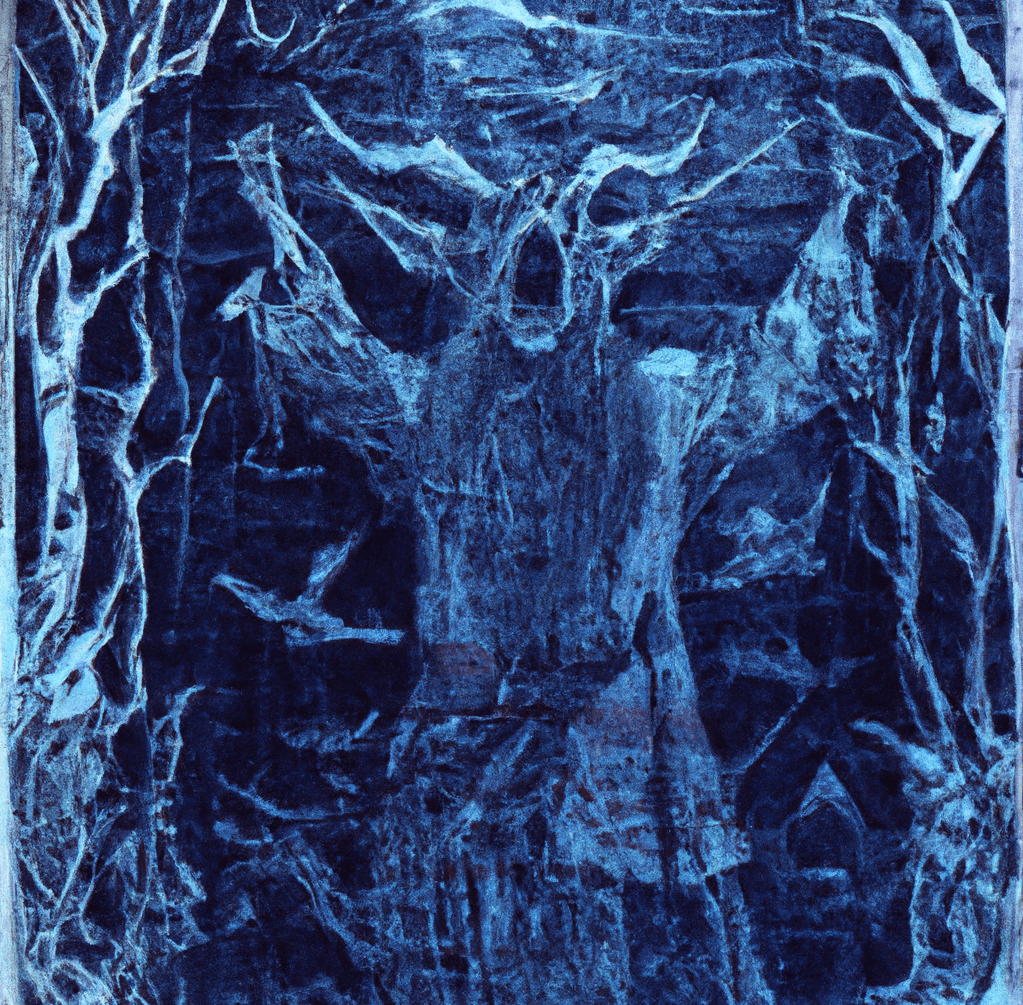
Baku (Japanese Mythology)
Baku is a supernatural creature in Japanese mythology, often referred to as the “dream eater.” This demonic entity possesses the ability to devour nightmares and protect humans from their malevolent effects. However, Baku has a sinister side as well. If summoned inappropriately or disturbed during its task, it can turn its attention to consuming good dreams and even the souls of those who summoned it. This dual nature instills both fear and a sense of cautious reverence for the Baku.
Asmodeus (Judeo-Christian Demonology)
Asmodeus is a prominent demon in Judeo-Christian demonology, known as the “king of demons.” Often depicted with three heads – one human, one like a bull, and one like a ram – Asmodeus personifies the embodiment of lust, seduction, and destruction. According to legend, he targets individuals seeking to indulge in sinful desires and tempts them into self-destructive behavior. Asmodeus represents the allure and consequences of unchecked passions, serving as a cautionary tale about the destructive power of temptation. He is also in the Goetia.
Conclusion
The pantheon of terrifying demons from human history and cultures spans continents and epochs, encompassing a wide range of fears, desires, and moral dilemmas. Each of these malevolent entities, whether they represent natural forces, embody vices, or personify metaphysical concepts, serves as a reflection of the human condition. From ancient civilizations to modern urban legends, these demons continue to haunt our collective imagination, reminding us of our deepest fears and the eternal struggle between good and evil.
